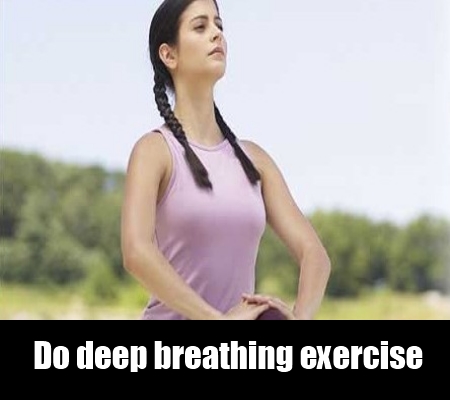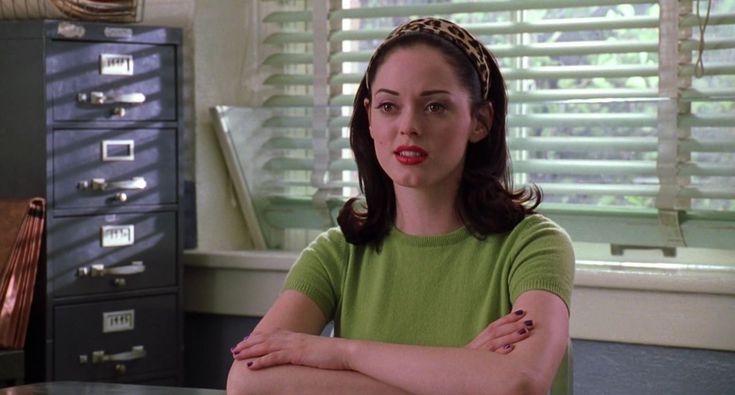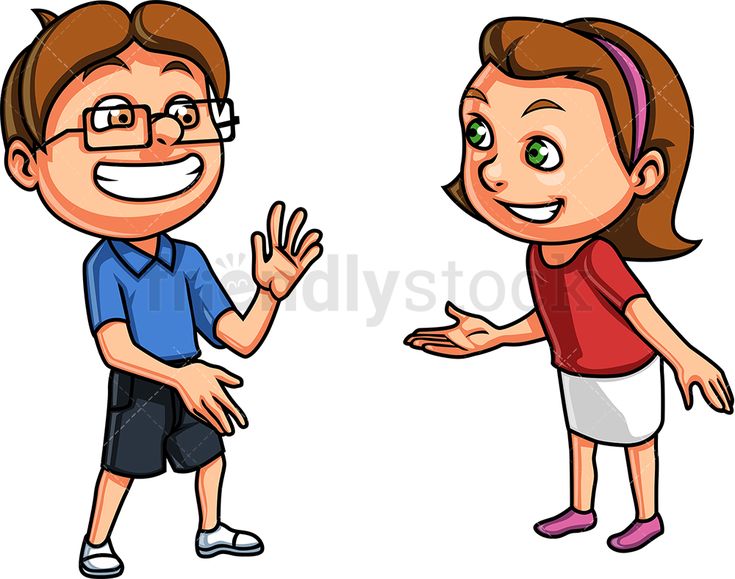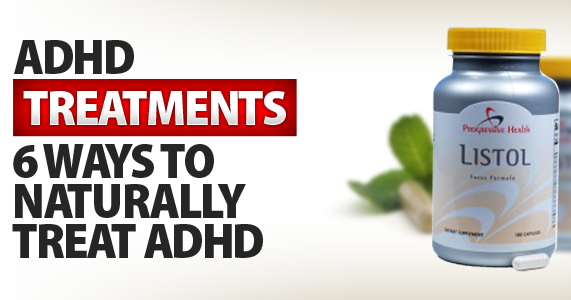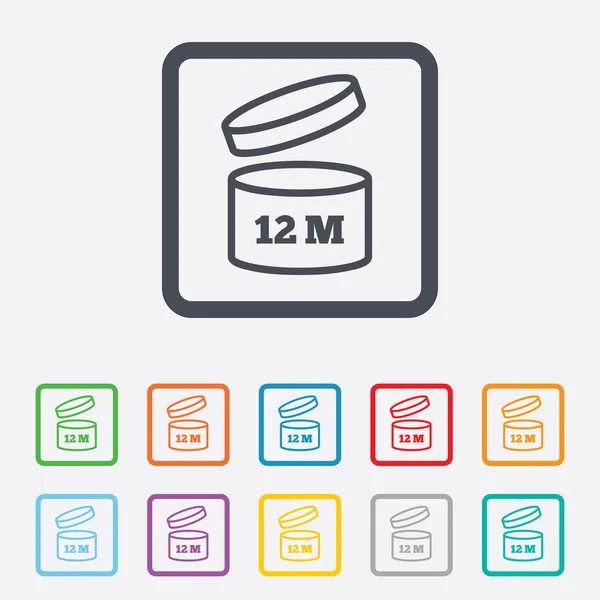Breathing exercise for migraine
Breathing Techniques for Migraine and Headache Relief
Mar 9, 2019 | Treatment
Stress induced migraines and headaches can disrupt daily activities and work. Chronic stress, along with tension in the neck, shoulders and back is one of the most common headache triggers. Simple breathing techniques can help to provide much needed release.
Breathing techniques you should follow: Stress can be reduced by a number of methods including goal setting, visualisation, positive self talk and slow, deep breathing. These methods can all be encompassed into daily life, in order to minimise high stress levels and thus, triggering migraines.
Out of these four methods, slow deep breathing is the most successful in reducing stress and has the best outcomes for helping with migraines and headaches.
The technique most recommended to follow is very simple: 4 seconds of inhalation, followed by 4 seconds of exhalation, repeated for a minimum of 1 minute. Whilst this breathing technique alone has proven to be helpful, additional meditation is known to also be successful in relieving tension and pain from headaches.
Watch this video for more information on stress and breathing techniques for migraine pain relief:
Another technique to help with stress and migraine pain is visualisation. There are three common forms of visualisation used for pain relief:
- Take me out to sea – simply imagine packing up your pain into wooden boxes and visualise a boat taking them out to sea; with the pain reducing with each wave.
- Visualised breathing – take the pain away from the forefront of your mind by solely focusing on the air coming in and out of your body, step by step.
- Watch your thoughts – close your eyes and focus on other parts of your body which are pain free, and allow your thoughts to float through your mind.
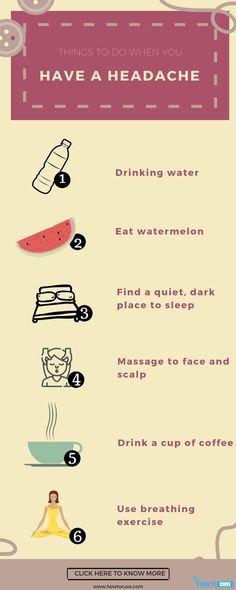
How it works: Stress creates inflammation, the body’s response to injuries or infection, which in turn contributes to the migraine symptoms. Controlled breathing and relaxation techniques are known to reduce stress responses, leading to a subsequent decrease in inflammation and overall relaxation effect on the body. This can be effective in also helping to relieve any contributing muscle tension from the neck and shoulders.
Visualisation helps to shift the way patient’s perceive pain in order to help control not only the severity but frequency of onset, and duration of episodes.
A combination of the above techniques, as well as a sustained meditation routine has been proven to be quite effective in significantly reducing the occurrence of stress-related episodes in headache and migraine sufferers.
If you are or know someone who is suffering from migraines or headache, contact us today on 1800 HEADACHE in order to book an appointment with an experience physiotherapist today.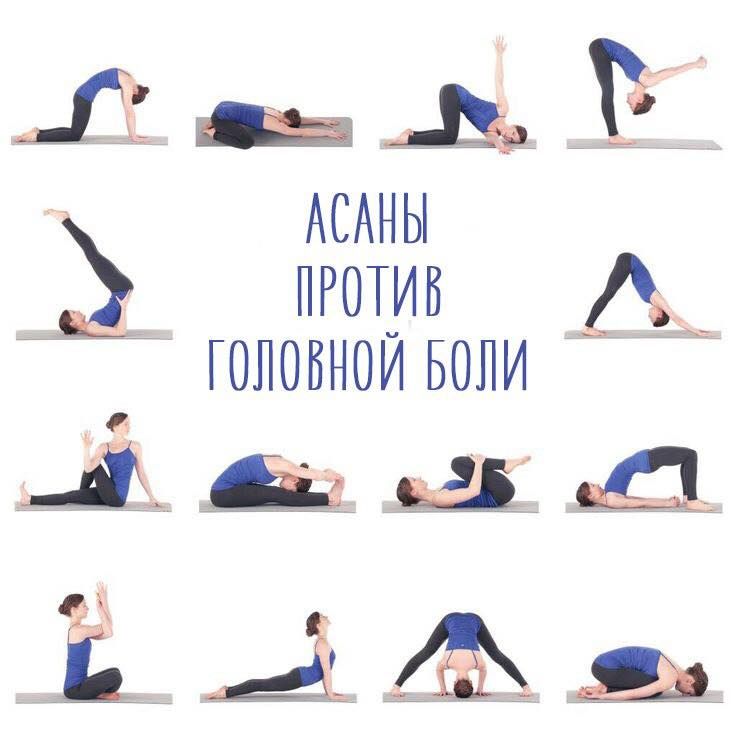 Let us help you get on top of your pain now!
Let us help you get on top of your pain now!
References
Orozco, J. 2019. Breathe like a SEAL to Beat Migraines. Retrieved from https://www.migrainekey.com/blog/breathe-to-beat-migraines/.
Glaser, A. 2016. How to reduce migraine pain with simple visualisation exercises. Retrieved from https://migraineagain.com/reduce-migraine-visualization-exercises/.
Relaxation Techniques for Migraines and Headaches
Written by WebMD Editorial Contributors
In this Article
- What Are Some Relaxation Techniques I Can Use to Help My Headaches?
Review these questions on migraines and headaches before visiting your doctor.
To learn how to relax and cope with migraines and headaches, you need to become familiar with your own breathing patterns and change them in ways that will help you relax. Your breathing pattern is often disrupted by changes in emotion. Some people who are anxious tend to hold their breath and speak in a high-pitched voice as they exhale.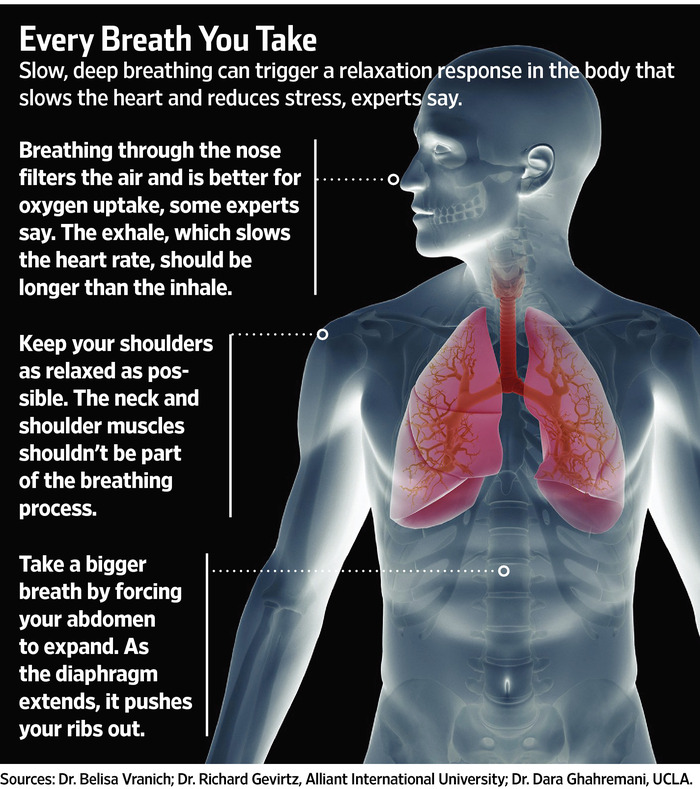 On the other hand, some people who are depressed tend to sigh and speak in a low-pitched voice as they exhale.
On the other hand, some people who are depressed tend to sigh and speak in a low-pitched voice as they exhale.
Here are a few relaxation exercises. But first, be sure that you have a quiet location that is free of distractions and a comfortable body position. As hard as it sounds, try to block out worries and distracting thoughts.
- Rhythmic breathing: If your breathing is short and hurried, slow it down by taking long, slow breaths. Inhale slowly then exhale slowly. Count slowly to five as you inhale, and then count slowly to five as you exhale. As you exhale slowly, pay attention to how your body naturally relaxes. Recognizing this change will help you to relax even more.
- Deep breathing: Imagine a spot just below your navel. Breathe into that spot, filling your abdomen with air. Let the air fill you from the abdomen up, then let it out, like deflating a balloon. With every long, slow exhalation, you should feel more relaxed.
- Visualized breathing: Find a comfortable place where you can close your eyes, and combine slowed breathing with your imagination.
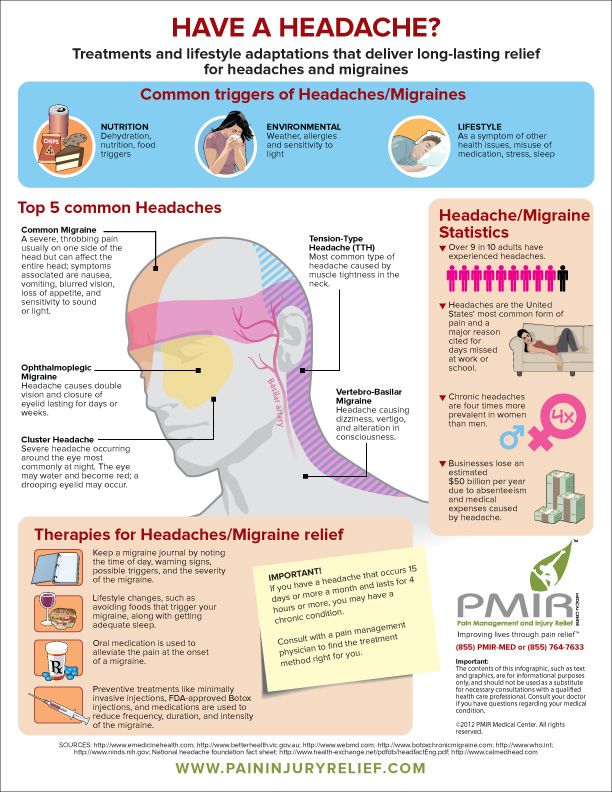 Picture relaxation entering your body and tension leaving your body. Breathe deeply, but in a natural rhythm. Visualize your breath coming into your nostrils, going into your lungs and expanding your chest and abdomen. Then, visualize your breath going out the same way. Continue breathing, but each time you inhale, imagine that you are breathing in more relaxation. Each time you exhale imagine that you are getting rid of a little more tension.
Picture relaxation entering your body and tension leaving your body. Breathe deeply, but in a natural rhythm. Visualize your breath coming into your nostrils, going into your lungs and expanding your chest and abdomen. Then, visualize your breath going out the same way. Continue breathing, but each time you inhale, imagine that you are breathing in more relaxation. Each time you exhale imagine that you are getting rid of a little more tension. - Progressive muscle relaxation: Switch your thoughts to yourself and your breathing. Take a few deep breaths, exhaling slowly. Mentally scan your body. Notice your headache, if you have one, and other areas that feel tense or cramped. Quickly loosen up these areas. Let go of as much tension as you can. Rotate your head in a smooth, circular motion once or twice. (Stop any movements that cause pain!) Roll your shoulders forward and backward several times. Let all of your muscles completely relax. Recall a pleasant thought for a few seconds.
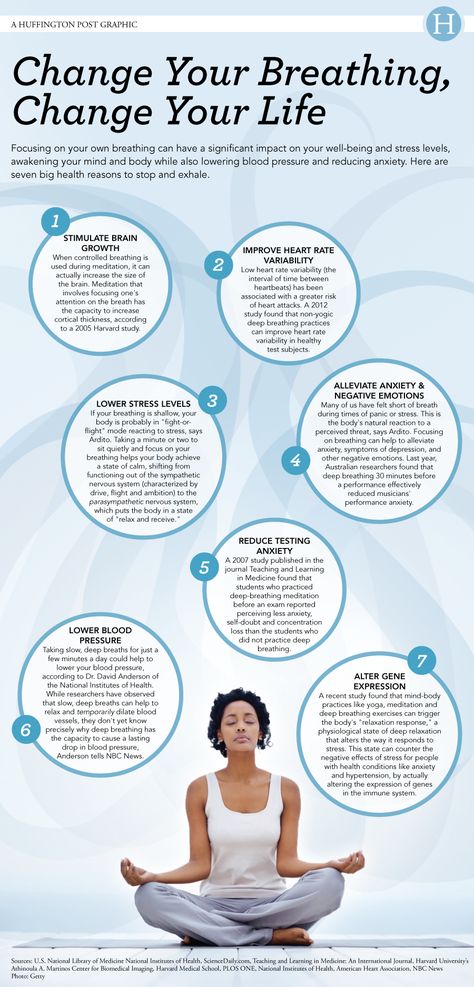 Take another deep breath and exhale slowly. You should feel relaxed.
Take another deep breath and exhale slowly. You should feel relaxed. - Relax to music: Combine relaxation exercises with your favorite music in the background. Select the type of music that lifts your mood or that you find soothing or calming. Some people find it easier to relax while listening to specially designed relaxation audio tapes, which provide music and relaxation instructions.
- Mental imagery relaxation: Mental imagery relaxation, or guided imagery, is a proven form of focused relaxation that helps create harmony between the mind and body. Guided imagery coaches you in creating calm, peaceful images in your mind -- a "mental escape." Identify your self-talk, that is, what you are saying to yourself about what is going on with your migraines or headaches. It is important to identify negative self-talk and develop healthy, positive self-talk. By making affirmations, you can counteract negative thoughts and emotions. Here are some positive statements you can practice.
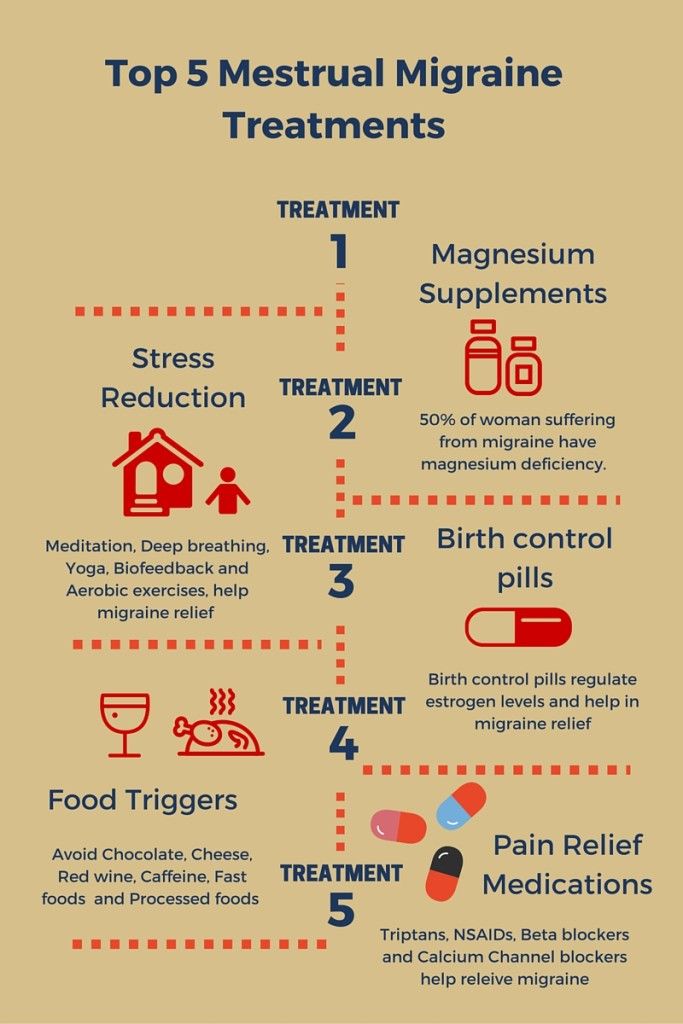
- Let go of things I cannot control.
- I am healthy, vital, and strong.
- There is nothing in the world I cannot handle.
- All my needs are met.
- I am completely and utterly safe.
- Every day in every way I am getting stronger.
- Meditation: There are lots of approaches to meditation. All make you stop and observe. That means you stop the flow of thoughts in your mind and concentrate on a single thing, typically your breathing. Done on a regular basis, meditation, or “mindfulness practice” as some call it, can help your response to pain, including migraine.
- Yoga: This ancient Hindu practice mixes careful breathing and calming meditation with body poses that help stretch and strengthen your muscles and tendons.
- Cognitive Behavior Therapy (CBT): This is a psychotherapy approach that helps you change thought patterns and behaviors that can make you more tense and may raise your risk for a migraine attack.
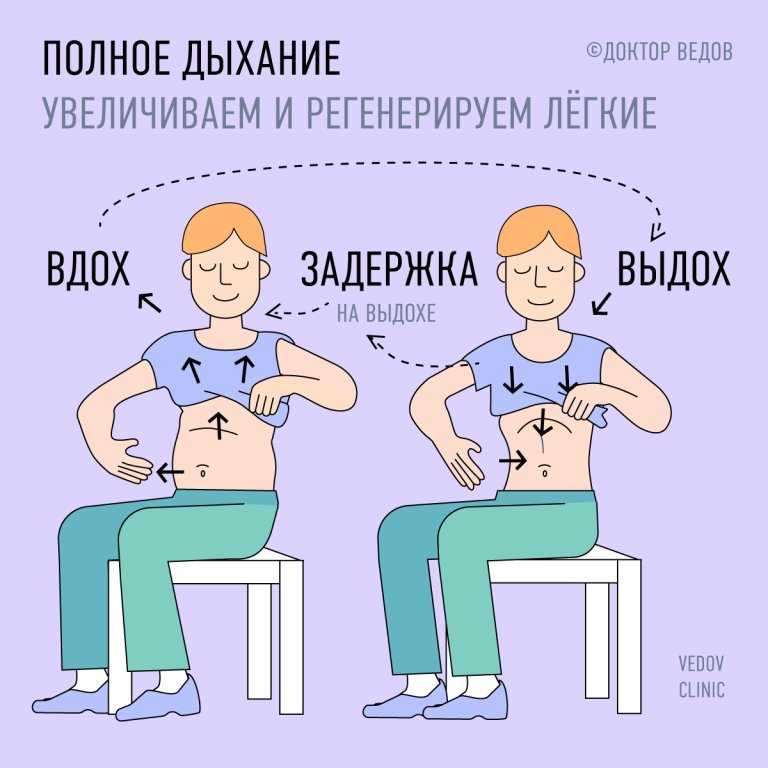 Ask your doctor or mental health specialist about a professional who can help you with this approach.
Ask your doctor or mental health specialist about a professional who can help you with this approach. - Biofeedback: This technique uses electronic devices to measure breathing rate, heart rate, skin temperature, skin perspiration, muscle tension, and other physical responses. It then “feeds back” this information in the form of graphs or sounds from a computer that suggest you are getting more tense or less tense. Over time you try to learn to control your body’s response so that you’re less tense. Some research suggests this could help with migraine.
Treatment of migraine at home
For some, “migraine” is a mysterious and meaningless word. And for some, this is a very real enemy, which makes you suffer hard and unsettles you. She mercilessly destroys your plans, crosses out two, three, or even four days in a row from your life.
This is a real scourge of modern reality with its crazy rhythm in the midst of constant stress.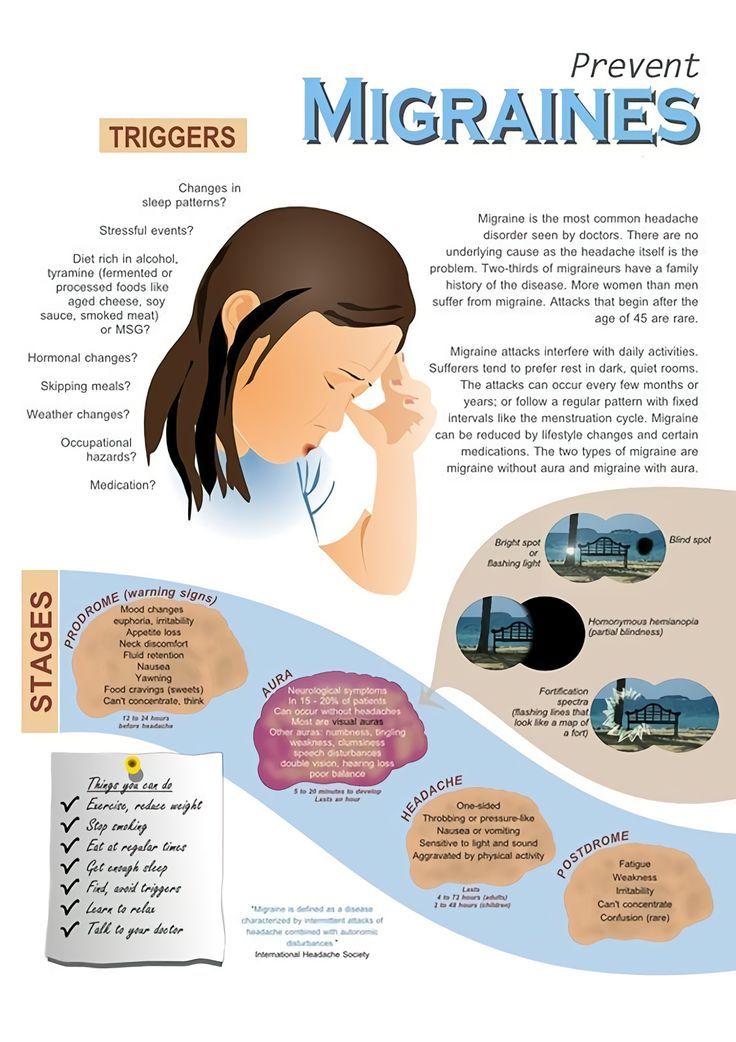 Like any other disease, a migraine attack is easier to prevent than to deal with it later, languishing from pain. No wonder they say that migraine cannot be cured, but it can be “negotiated”.
Like any other disease, a migraine attack is easier to prevent than to deal with it later, languishing from pain. No wonder they say that migraine cannot be cured, but it can be “negotiated”.
Migraine is a unilateral headache characterized by paroxysmal pain, autonomic disturbances and transient neurological symptoms.
The first thing to do when these symptoms appear is to analyze the causes that
cause you to have a migraine. Keep records, this will help to identify patterns in the occurrence of an attack. Each person may have their own, but there are also general “rules”, for example: stress, heavy physical exertion, smoking, sleep disturbance.
Individual “risk factors” include loud noise, lack of fresh air, drinking alcohol, prolonged exposure to the sun or hypothermia, lack of sleep. For someone, a migraine attack can even be triggered by the flickering of the TV screen.
People suffering from migraine should avoid overwork and stressful situations.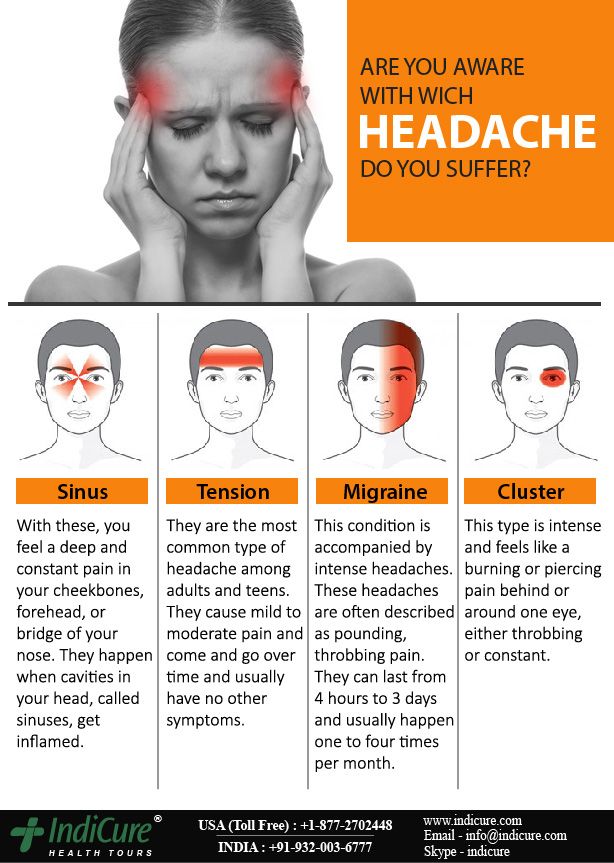 In this regard, auto-training and yoga are good. A harbinger of an attack is often intense pain in the neck. Yoga is soothing, relieves stress, neck and shoulder tension, and relieves pain.
In this regard, auto-training and yoga are good. A harbinger of an attack is often intense pain in the neck. Yoga is soothing, relieves stress, neck and shoulder tension, and relieves pain.
During the obvious approach of an attack and at its first moments, use a special breathing technique: inhale as deeply as possible and slowly exhale through your mouth with lips folded in a tube. You can apply mustard plasters to the calf muscles and do self-massage of the soles of the feet. This should act as an element of acupressure (a kind of acupressure).
Having studied the patterns of development of your particular migraine, you will be able to choose the most effective methods to combat the insidious disease and prevent its attacks. And most importantly, limit the "provocations" from your body and habits.
Limit your coffee intake
If you drink three cups of coffee a day, you can trigger a migraine attack because too much caffeine causes the blood vessels around the brain to constrict.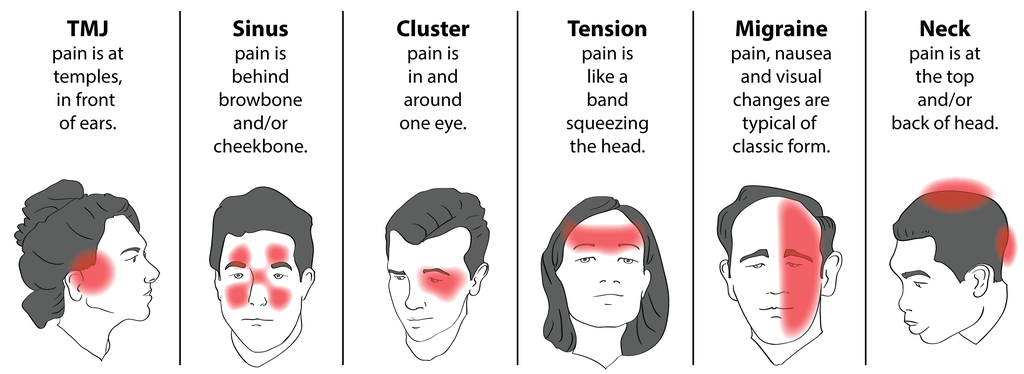 As an alternative to coffee, drinking decaffeinated coffee or eating chocolate is safer.
As an alternative to coffee, drinking decaffeinated coffee or eating chocolate is safer.
Raise Serotonin Levels
According to studies, people who are prone to migraine attacks have low levels of serotonin. To increase it, eat protein-rich foods - eggs, chicken, turkey meat, dairy products, beans, dates, bananas, rice, oats, nuts.
Drink more water
The tissues surrounding the brain are mostly water. When dehydrated, they shrink and this causes pain. Therefore, it is necessary to maintain the water balance in the body, be sure to drink 1-2 liters of water
per day.
Eat regularly
A migraine attack can occur due to the release of glucose into the blood and high blood pressure.
And the body gives out a release of glucose when the level of sugar in the blood drops sharply, if you are hungry. Eat more often, preferably with a snack every four hours. Include more fruits, vegetables, cheeses, low-fat yogurts in your diet.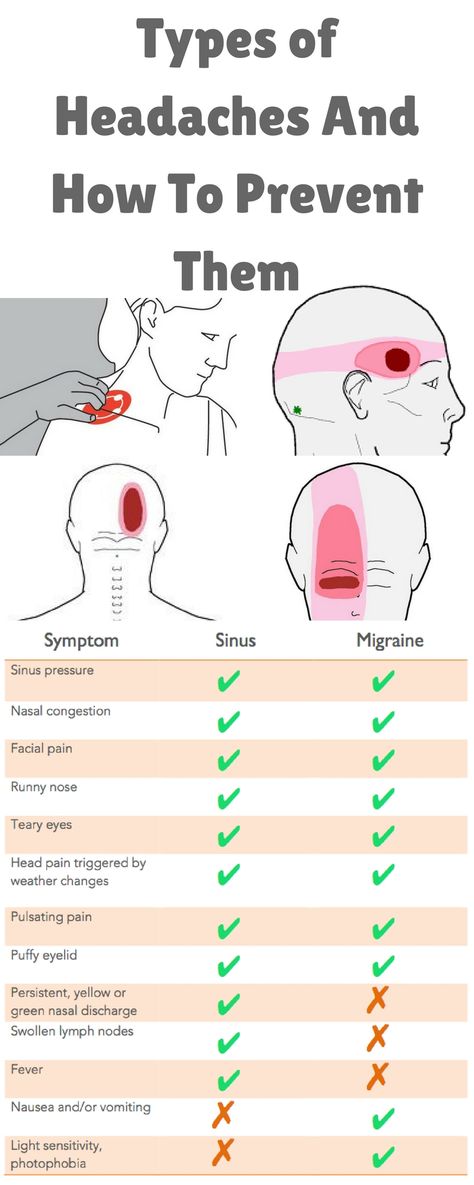 And limit flour and sweets.
And limit flour and sweets.
Chew ginger
This root blocks the effect of prostaglandins, which cause inflammation of the blood vessels in the brain
and lead to migraines. In addition, ginger can relieve the nausea that usually accompanies a migraine attack.
Take your vitamins
Scientists have proven that vitamin B can relieve a migraine attack. And folic acid (2 mcg), vitamins
B6 (25 mg) and B12 (400 mcg) - reduce the frequency of attacks and the severity of pain.
Saturate the body with magnesium
If the body does not get enough magnesium, blood flow to the brain decreases and blood sugar levels
decrease. Migraine "uses" this as an excuse for an attack. You can saturate the body with magnesium by eating tomato puree, nuts, seeds, leafy vegetables, whole grains, potatoes, oats, peas and beans.
And if an attack mercilessly overtook you - act!
If migraine pills work for you, take the medicine at the very beginning of the attack. The mechanism of action of anti-migraine drugs is complex. The longer the pain "winds", as if in a spiral, the longer the "unwind" mechanism will operate.
The mechanism of action of anti-migraine drugs is complex. The longer the pain "winds", as if in a spiral, the longer the "unwind" mechanism will operate.
It must be said that today there are new generation drugs for migraine, but their choice is rather small. This is the first. Secondly, the reaction of the body to each of them is purely individual. What helps one person is absolutely useless in terms of relieving an attack for another.
And thirdly, all chemicals have a huge list of side effects (on the kidneys,
gastrointestinal tract, liver, etc.). If you have frequent attacks, very soon you will have to choose between migraines and pain in the stomach or kidneys.
The solution to combat migraine must be individual and may be the most unexpected at first glance. For example, during an attack, you need to wash your hair. It sounds strange, but washing with hot enough water dilates the vessels, which facilitates blood flow and helps stop the attack. In addition, a small head massage takes place, which also relieves pain.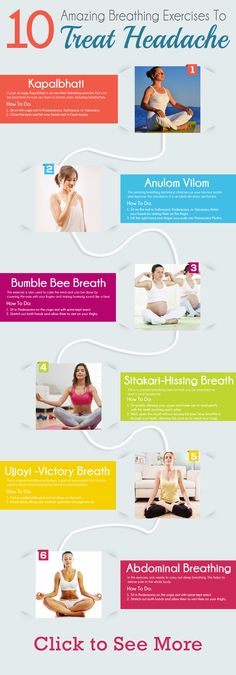
Another hot recipe: during an attack, put a warm compress on your neck. Fold evenly a medium-sized terry towel in such a way that you get a “roller”.
When folded, dip it in very hot water, then wring it out and immediately place it in two plastic bags (so that moisture does not seep into the pillow). Lie down in bed on your back, put a hot “roller” under your neck, relax and try to sleep. The vasospasm in the cervical region will go away, as will the headache. But it is better to discuss such a prescription with a doctor, he may have contraindications.
If you decide to use regular massage as a migraine remedy, start by stroking your head from the forehead to the back of the head. Then - from the crown to the ears. Then direct strokes from the top of the head
to the back of the head and down to the neck. It needs to be massaged deeply enough. Such a massage will help relieve tension from the neck muscles and activate local blood circulation.
During an attack, you can also apply a tight contraction of the head in the forehead (it is possible with a cold compress), temples and the back of the head.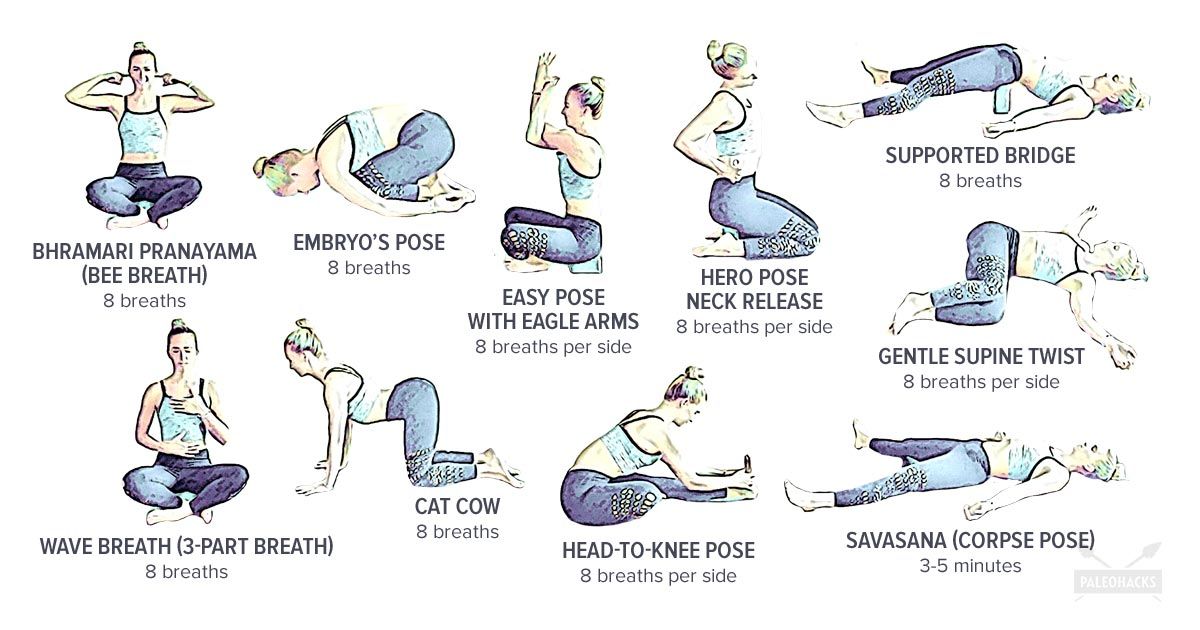 For this, an ordinary children's scarf is suitable. Lemon slices are applied to the temple area and something hot is drunk in small sips. In the Caucasus, with migraines, it is customary to drink a decoction of dogwood fruits, instead of tea, several times a day.
For this, an ordinary children's scarf is suitable. Lemon slices are applied to the temple area and something hot is drunk in small sips. In the Caucasus, with migraines, it is customary to drink a decoction of dogwood fruits, instead of tea, several times a day.
Traditional medicine also recommends juice treatment for migraines. To get rid of migraine attacks, or at least alleviate them, it is necessary to treat with juices every three months for 10 days.
Prepare a drink in the following proportions: three parts cucumber juice, two parts carrot juice, part celery and red beet herbs. Drink half a glass three times a day. Store juices separately in the refrigerator.
Another recipe: celery root (two parts), carrots (two parts), potatoes (one part) and beets (one part). Juices free the body from metabolic toxins, increase immunity and tone.
Aromatherapy for migraine
Aromatherapy can be used to relieve a migraine attack. Marjoram, pine, lemon, mint
and lavender oils will have a sedative and analgesic effect on the body.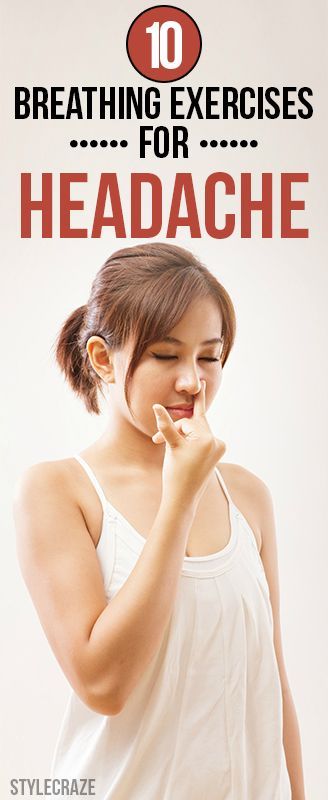 They can be used in an aroma lamp,
They can be used in an aroma lamp,
in the bathroom, or simply rub a drop in the palm of your hand and inhale the vapors at a calm pace.
In Canada, they even produce a special oil for migraine "Oleo Menta", which includes essential oil
and a double extract of mint. It has been popular among Europeans for over 30 years. This natural herbal analgesic is also attractive because convenient packaging can always be at hand.
Phytotherapy - prevention of migraine
Herbal decoctions will not help during an attack, but they can be used prophylactically, with an accumulation effect. We need such fees that will have analgesic, antispasmodic, sedative and restorative properties.
Collection No. 1: marshmallow rhizome, birch leaves, immortelle flower, valerian rhizome, meadowsweet herb, lemon balm herb, agrimony herb - collect everything in equal parts. Then pour 10 grams of crushed raw materials with 400 milliliters of boiling water, leave for 3 hours and take half a glass 3-4 times a day, 20 minutes after meals (6 months).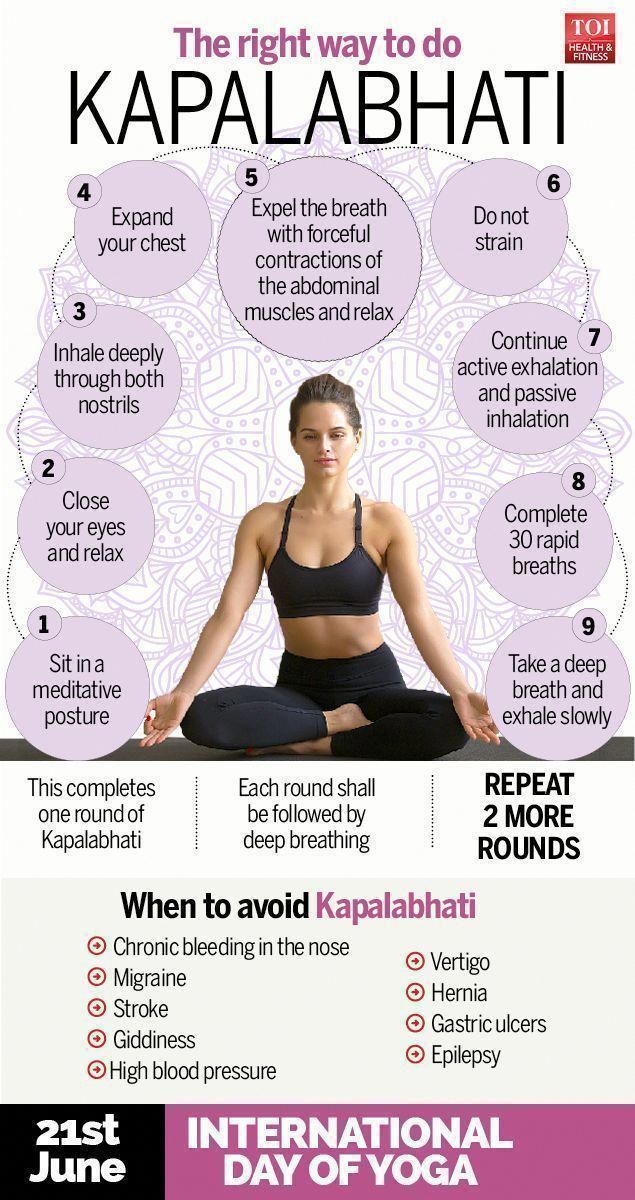
Collection #2 . Mix equal amounts of chopped motherwort, valerian roots, peppermint leaf and hawthorn fruit. Pour one tablespoon of the collection with a glass of boiling water and insist in a water bath for 20 minutes. Strain and drink ¼ cup 4 times a day, between meals.
Collection #3 . Grind 2 tbsp. l. lemon balm, add half a teaspoon of rosemary and peppermint, and a pinch of cinnamon there. Brew like tea and drink at any time. This tea relieves spasms and relieves pain.
Collection #4 . Make a collection of calendula flowers (3 tablespoons), raspberry leaves (2 tablespoons) and rosehip petals (4 tablespoons). In a glass of boiling water, use a tablespoon of the collection, insist and drink 5 times a day, before meals.
Ginger tea is considered effective in combating migraines. A piece of fresh ginger is added to the tea and
is drunk 2-3 times a day for a month. After a two-week break, the course is repeated.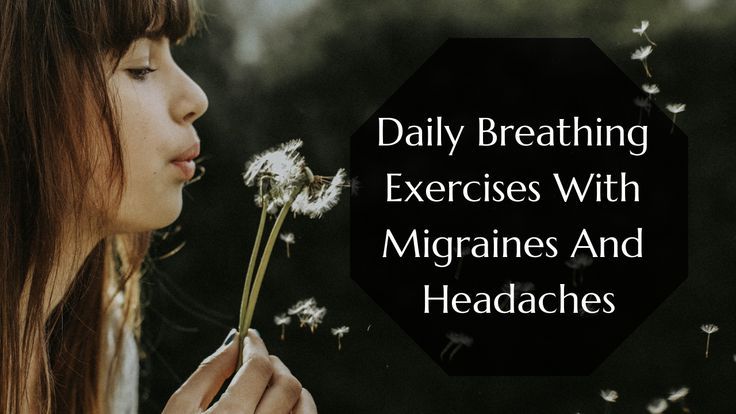 And then you can drink this tea any time you want. The only restriction is for people prone to hypertension.
And then you can drink this tea any time you want. The only restriction is for people prone to hypertension.
Another popular recipe is tincture on walnut partitions. For its preparation, you will need partitions of 46 walnuts. It takes 10 days to insist them on 0.5 liters of vodka. Be sure to
in a dark place. Then drain the infusion and take 1 dessert spoon once a day an hour before meals. It is recommended to conduct two courses of 10 days, a break between them is 10 days.
Wine with oranges and horseradish. Take half a kilo of oranges, wash the peel thoroughly and pass them through a meat grinder. Then grate 100 grams of fresh horseradish root and mix everything. Pour another 300 grams of sugar and pour the mixture with a liter of dry white wine. Simmer this mixture in a water bath for about an hour. Strain
and store in the refrigerator (in a glass container). Take 50 ml before meals 3 times a day.
Breathing exercises and breathing exercises also help fight migraines.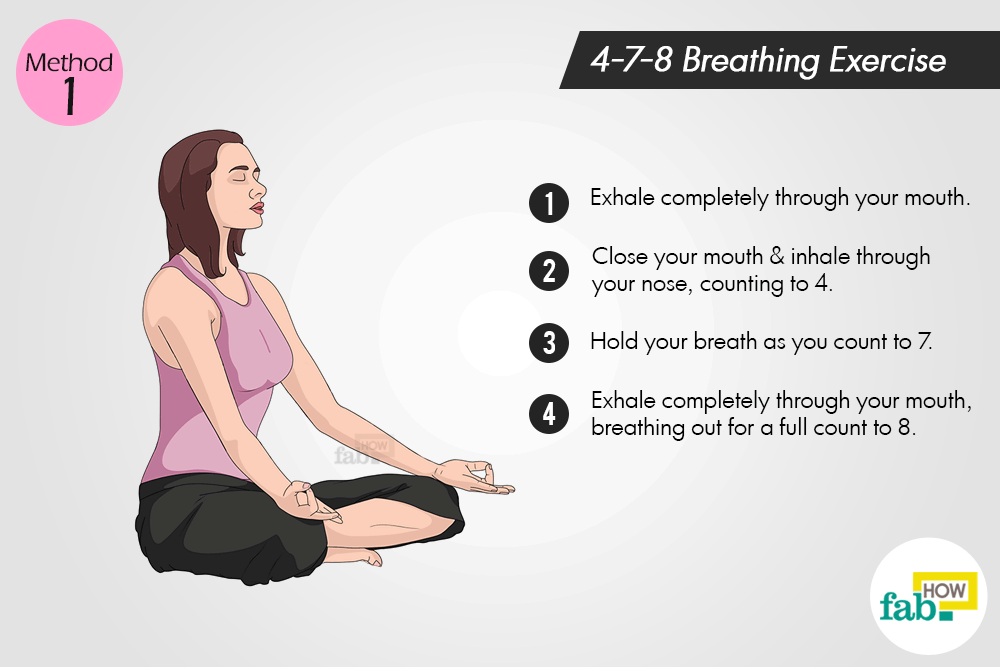 Training is primarily aimed at saturating the blood with oxygen and increasing blood circulation. Due to this, the spasm of the cerebral vessels is removed and the headache gradually disappears.
Training is primarily aimed at saturating the blood with oxygen and increasing blood circulation. Due to this, the spasm of the cerebral vessels is removed and the headache gradually disappears.
Regular exercise prevents the occurrence of new migraine attacks and contributes to the improvement of the body as a whole. After 3-4 months of training on the Samozdrav breathing simulator, you will notice that migraine worries less and less, and after six months (with an integrated approach to treatment) you will be able to completely get rid of them.
All the above recipes are not a panacea. And the reaction of the body to them is purely individual. For some, they can come up and relieve a headache once and for all, for someone they can’t help at all.
Therefore, it is important to try and be sure to consult with specialists, because migraine may not be the basis, but only a symptom of a more serious disease. In such cases, it is necessary to deal with the root cause,
and not the effect.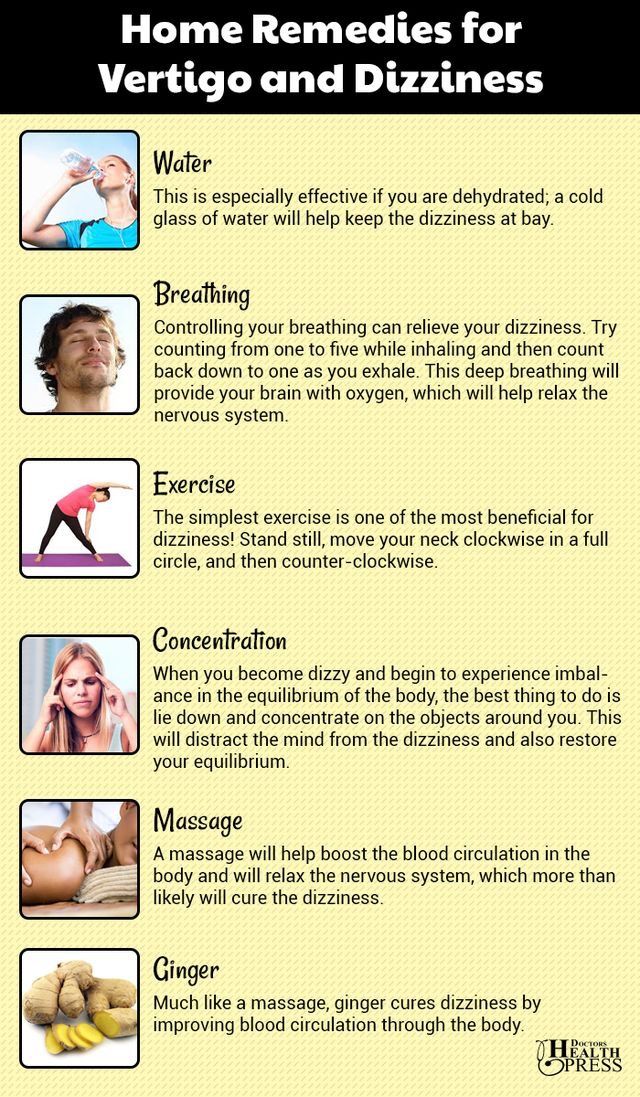
Be healthy, read interesting materials about your body and subscribe to our blog to receive new articles directly to your inbox.
We offer our method of treating migraine with the help of breathing exercises on the simulator "Samozdrav". You can learn more about it by following the link.
Relaxation techniques for migraine and headache
To learn how to relax and get rid of migraines and common headaches, first of all, a person needs to carefully study their breathing habits in order to change them so that it helps to relax.
When starting relaxation exercises, first of all, you need to make sure that the chosen place is quite comfortable and there are no distractions. No matter how difficult it may sound, you need to get rid of worries and routine thoughts.
Rhythmic breathing : if a person's breathing is short and rapid, it must be slowed down by performing long and slow exhalations.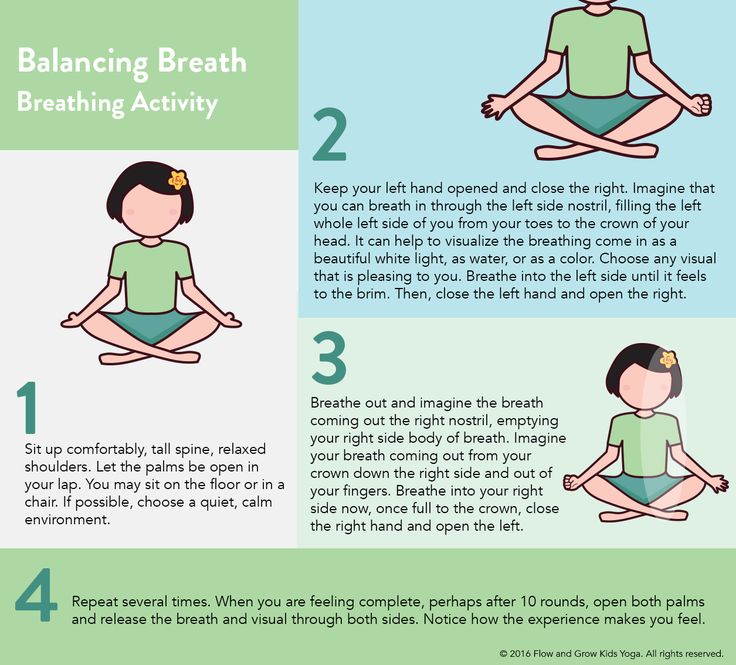 Inhale slowly and then exhale slowly. Slowly count to five while inhaling, and then the same way, exhaling. Already during this exercise, you can notice how the body naturally relaxes, and awareness of this will help you relax even better.
Inhale slowly and then exhale slowly. Slowly count to five while inhaling, and then the same way, exhaling. Already during this exercise, you can notice how the body naturally relaxes, and awareness of this will help you relax even better.
Deep breathing : one should imagine a place just below the navel and inhale into this place, filling the stomach with air, and then exhale it as if imagining a balloon is deflating. Relaxation will increase with each subsequent long slow exhalation.
Visualized Breathing : choose a comfortable place where you can close your eyes and combine slow breathing with imagination. You should imagine how relaxation fills the body, while tension leaves it. Breathing should be deep, but in a natural rhythm. You should try to visualize how the air enters the nose, then the lungs, and fills the chest and abdomen. Each time during this exercise, you need to imagine how the tension gradually disappears.
Progressive muscle relaxation : all thoughts must be switched to yourself and breathing, take a few deep breaths and slow exhalations and mentally scan your body: pay attention to the headache and other areas where tension or stiffness is felt, and then quickly relax these areas, release as much tension as possible.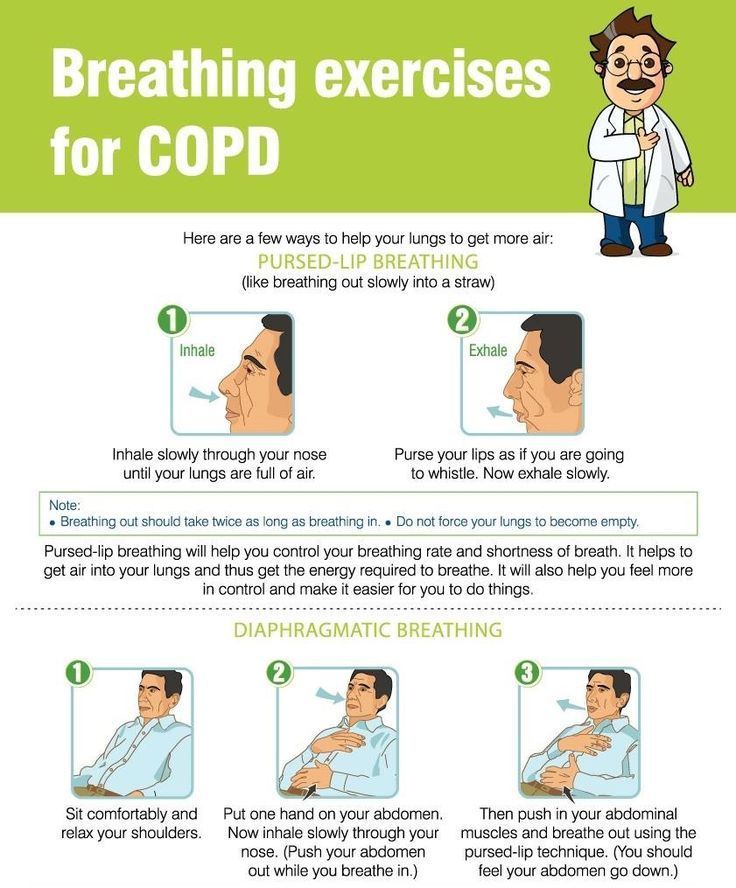 And finally - perform a few circular movements of the head.
And finally - perform a few circular movements of the head.
It is important to remember that any movement that causes pain should be stopped immediately, back and forth movements should be made several times and all muscles should be completely relaxed. Take another deep breath in and slowly exhale.
Relax with music : You can combine relaxation exercises with your favorite music in the background. You should choose music that is uplifting or soothing. Some people find it easier to relax by listening to music designed for relaxation.
Image Relaxation : Image relaxation, or guided imagery, is a proven form of purposeful relaxation that helps create harmony between mind and body. Guided images teach a person to mentally create calm images - "escape from reality."
You need to identify your internal dialogue, that is, what the person tells himself about what is happening with his migraine or headache. It is important to identify negative self-talk and develop healthy, positive self-talk.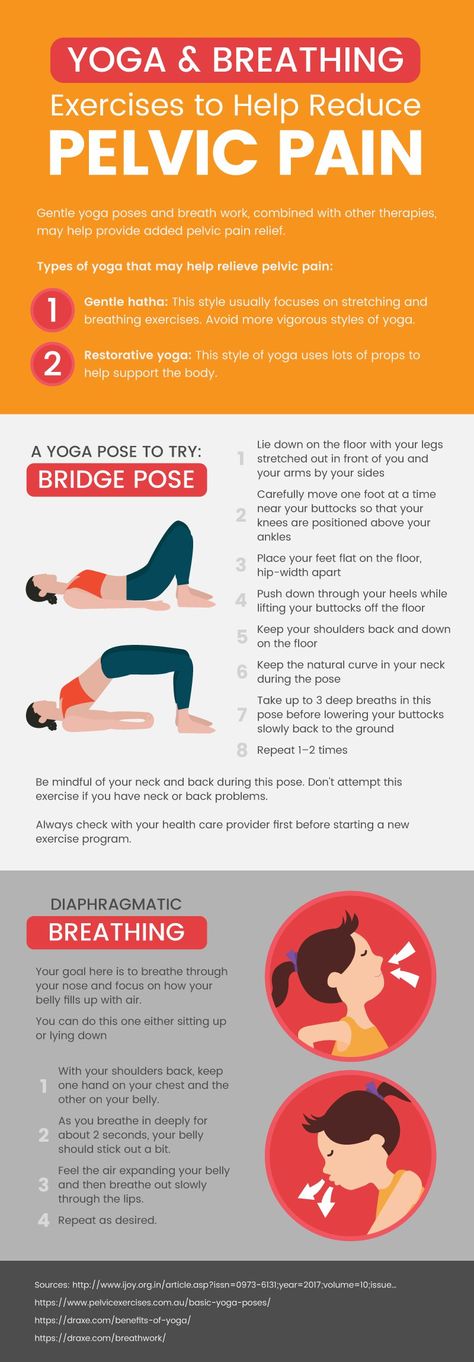 By doing affirmations, you can counteract negative thoughts and emotions. Here are some positive affirmations to practice:
By doing affirmations, you can counteract negative thoughts and emotions. Here are some positive affirmations to practice:
- let go of what cannot be controlled;
- I am completely safe;
- I am healthy, filled with strength and energy;
- there is nothing I can't handle;
- every day in every way I become stronger.
Meditation : There are many approaches to meditation, but they all make you stop and watch. This means that a person stops the flow of thoughts and concentrates on one thing, usually on breathing. Regular practice of meditation, or "mindfulness practice" as it's also called, can help manage pain, including migraines.
Yoga : This ancient Hindu practice combines breathing and calming meditation with body postures that help stretch and strengthen muscles.
Cognitive Behavioral Therapy (CBT) : This is a psychotherapeutic approach that helps change thinking and behavior patterns that cause stress and can increase the risk of migraine attacks.